A Beginner's Guide to Winter-Proofing a Vegetable Garden
As autumn's chill settles in and the vibrant colours of summer fade, it's tempting to retreat indoors and forget about the garden until spring. But a little effort now will pay enormous dividends next year. Preparing your vegetable patch for the cold months is one of the most important jobs in the gardening calendar. It protects your soil from the harsh winter elements and sets the stage for a bountiful harvest when the growing season returns.
This guide will walk you through everything you need to know about winter-proofing your vegetable garden. From the final harvest and clearing out old plants to nourishing your soil for the year ahead, we'll cover the essential steps to ensure your patch remains healthy and productive. Think of it as tucking your garden into bed for a long winter's nap, so it wakes up refreshed and ready to grow.
Why Winter Prep is Crucial for Your Veg Patch
Leaving your garden to fend for itself over winter can cause long-term problems. Bare soil is vulnerable to the heavy winter rains common across the UK, which can wash away essential nutrients and damage its structure. This process, known as soil erosion, leaves you with compacted, less fertile ground to work with in the spring.
Furthermore, old plant debris and stubborn weeds provide the perfect hideout for pests and diseases. Slugs, snails, and fungal spores can happily overwinter in decaying leaves and stems, ready to emerge and wreak havoc on your new seedlings next year. By giving your patch a thorough clean-up, you disrupt their life cycle and significantly reduce the risk of future infestations. A well-prepared garden is a healthy garden, and a healthy garden produces the most delicious vegetables.
Step 1: The Final Harvest and Tidy-Up
Your first task is to gather the last of your crops before the first hard frost arrives.
What to Harvest Now
Focus on any remaining frost-sensitive vegetables. This includes crops like:
- Tomatoes
- Peppers
- Courgettes
- Cucumbers
- Beans
Don't worry if you have a bounty of unripe green tomatoes. You can bring them indoors to ripen. Simply place them on a sunny windowsill or in a paper bag with a banana, which releases ethylene gas and speeds up the ripening process. Hardy root vegetables like carrots, parsnips, and leeks can often be left in the ground and harvested as needed, as a light frost can even sweeten their flavour.
Clear Out Old Plants and Weeds
Once you've harvested everything, it's time for a major clean-up. Remove all dead or dying plant material from your beds. This includes stalks, leaves, and roots. Be thorough, as this is your best chance to prevent pests and diseases from taking hold. Compost any healthy plant matter, but make sure to burn or dispose of anything showing signs of disease, such as blight or mildew, to avoid contaminating your compost pile.
Finally, pull up any weeds that have taken root. Removing them now stops them from spreading their seeds and competing with your future crops for nutrients and water.
Step 2: Enrich and Feed Your Soil
After a long growing season, your soil will be depleted of vital nutrients. Winter is the perfect time to replenish it, giving organic matter plenty of time to break down and enrich the soil before spring planting.
Add a Layer of Compost or Manure
Spreading a thick layer of well-rotted manure or garden compost over your empty beds is one of the best things you can do for your soil. This organic matter will:
- Improve soil structure: It helps break up heavy clay soils and improves water retention in sandy soils.
- Feed the soil ecosystem: It provides food for beneficial microorganisms and earthworms, which are essential for healthy soil.
- Add nutrients: It slowly releases a balanced range of nutrients that your plants will need next year.
Simply spread a 5-10 cm layer over the surface of the soil. There's no need to dig it in; let the worms do the work for you over the winter months. They will pull the organic matter down into the soil, aerating it as they go.
Step 3: Protect Your Soil with a Cover Crop
An alternative to adding compost is to sow a cover crop, also known as green manure. This involves growing a specific crop over winter to protect and improve the soil.
The Benefits of Green Manure
Cover crops offer several advantages:
- Prevent soil erosion: The roots hold the soil together, protecting it from being washed away by winter rain.
- Suppress weeds: A dense cover crop will outcompete weeds, leaving you with cleaner beds in the spring.
- Improve soil fertility: When you dig the cover crop back into the ground in early spring, it decomposes and releases valuable nutrients. Leguminous crops, like clover and vetch, are particularly good at 'fixing' nitrogen from the atmosphere, giving your soil a fantastic natural boost.
Excellent Cover Crops for UK Winters
Some of the best green manures to sow in autumn include:
- Winter Rye: It's extremely hardy and produces a lot of organic matter.
- Field Beans and Vetch: These are legumes that are great for fixing nitrogen.
- Phacelia: This fast-growing crop has deep roots that help improve soil structure.
Sow the seeds over your prepared beds according to the packet instructions. In early spring, about a month before you plan to start planting, simply cut the cover crop down and dig it into the soil.
Final Checks for a Garden Ready for Winter
By cleaning your beds, feeding your soil, and protecting it from the elements, you've done the most important work. A little bit of effort now ensures that when the days start to lengthen again, you'll have the perfect foundation for another year of delicious, home-grown food. It’s a rewarding final task that promises great things for the season to come.
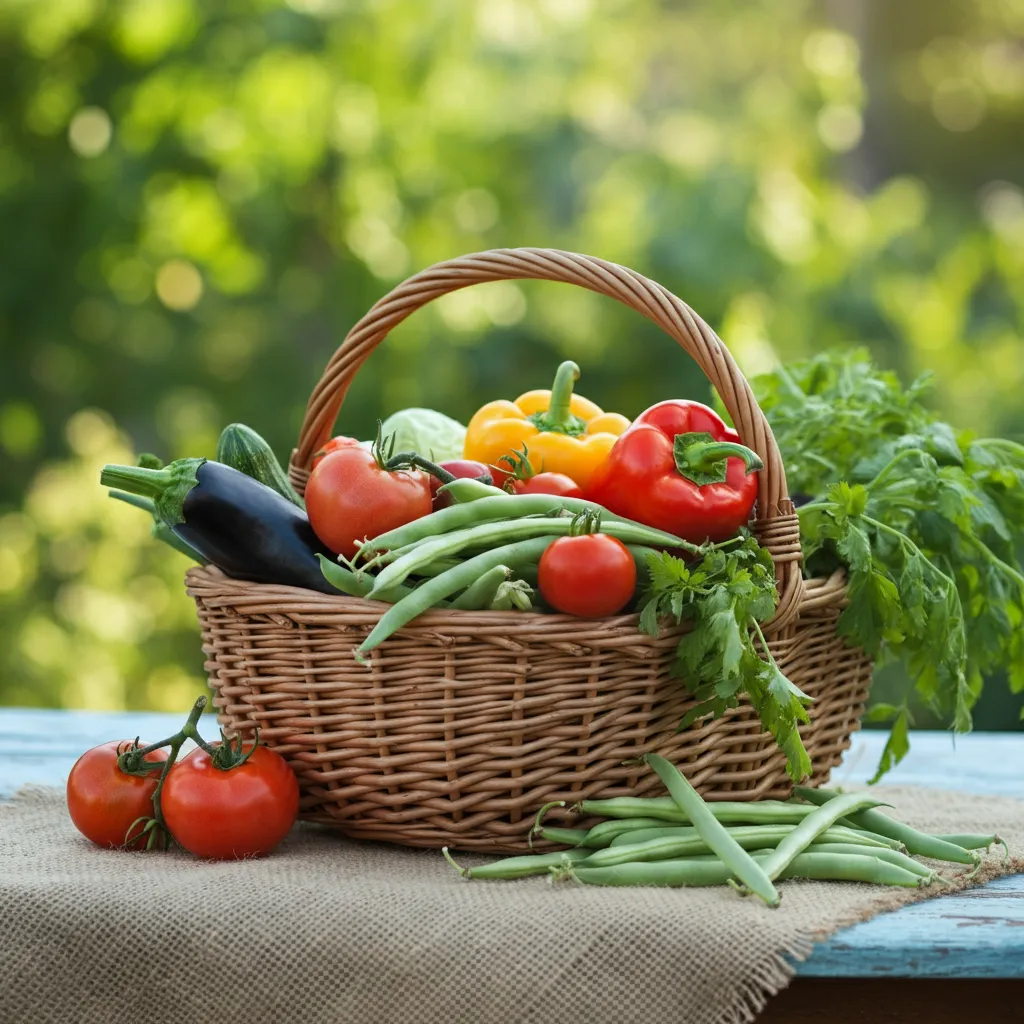
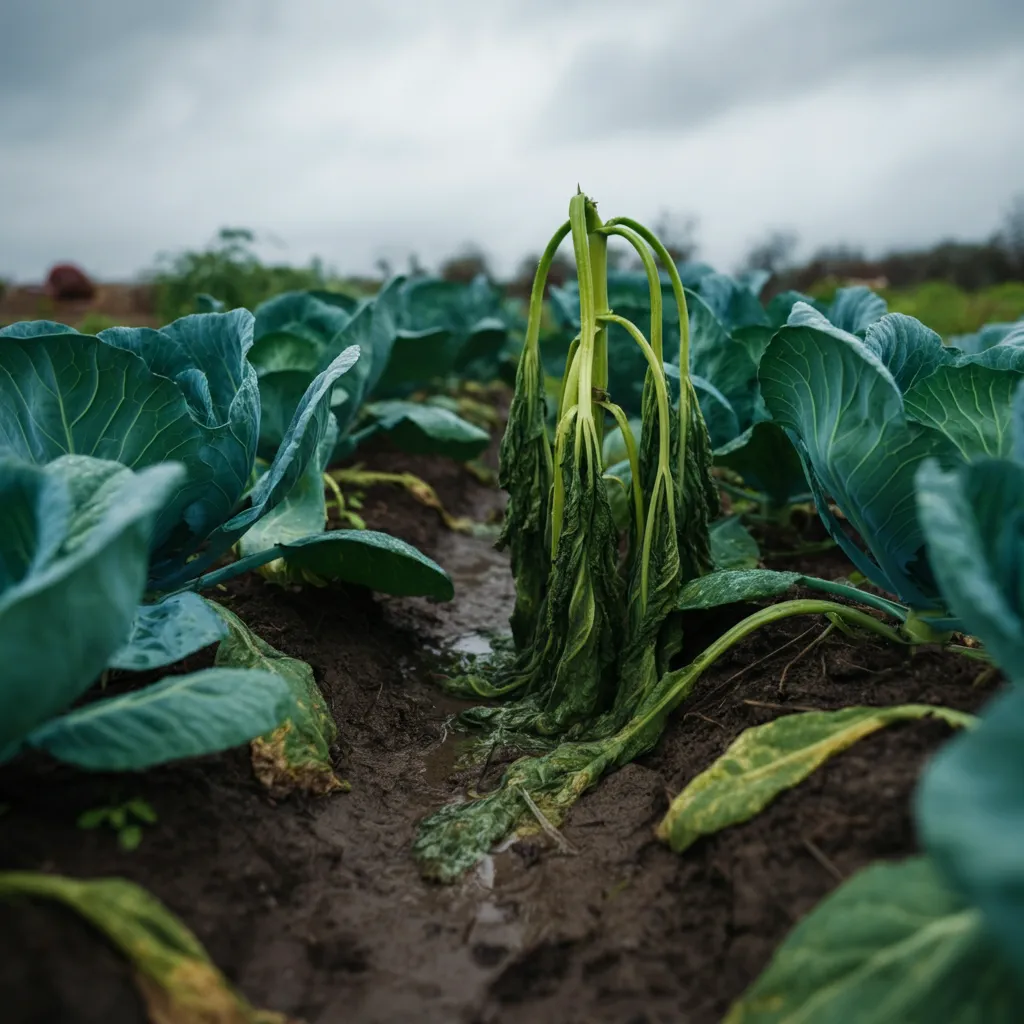
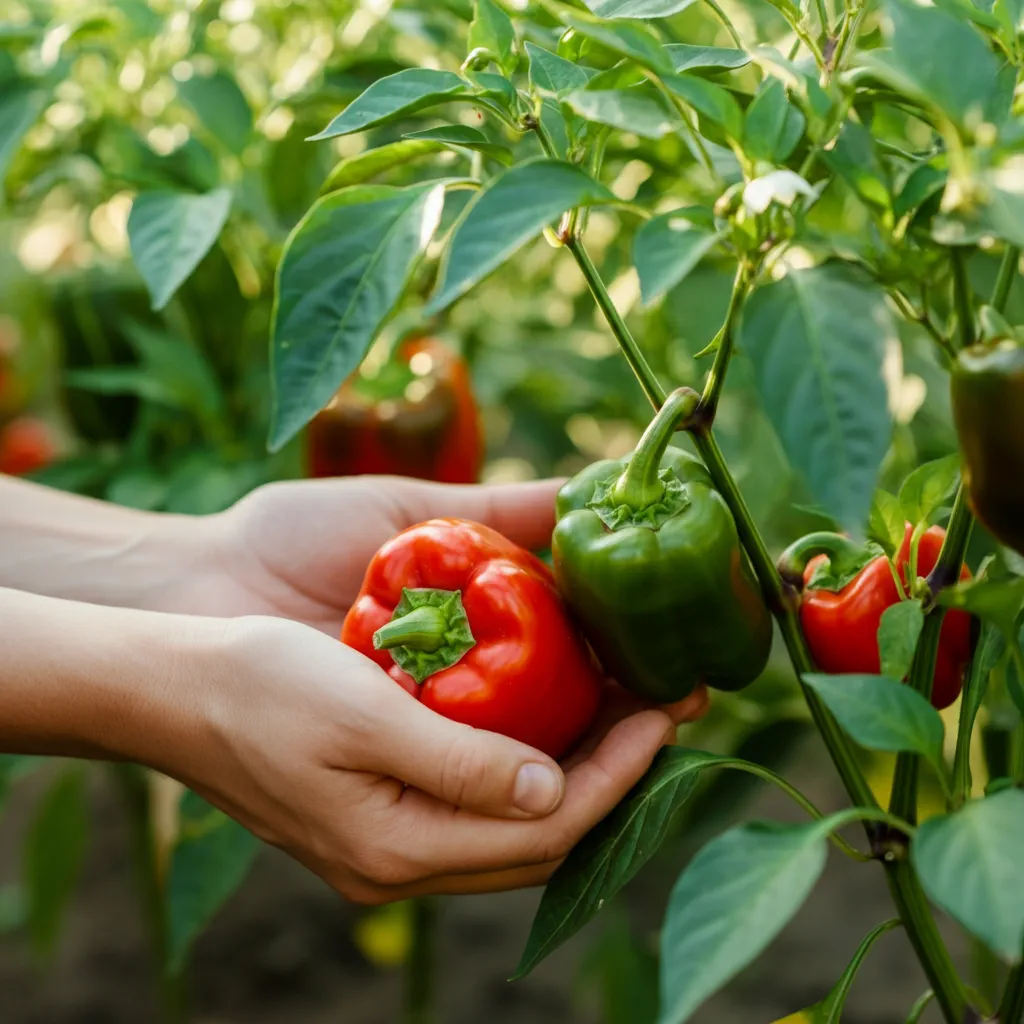
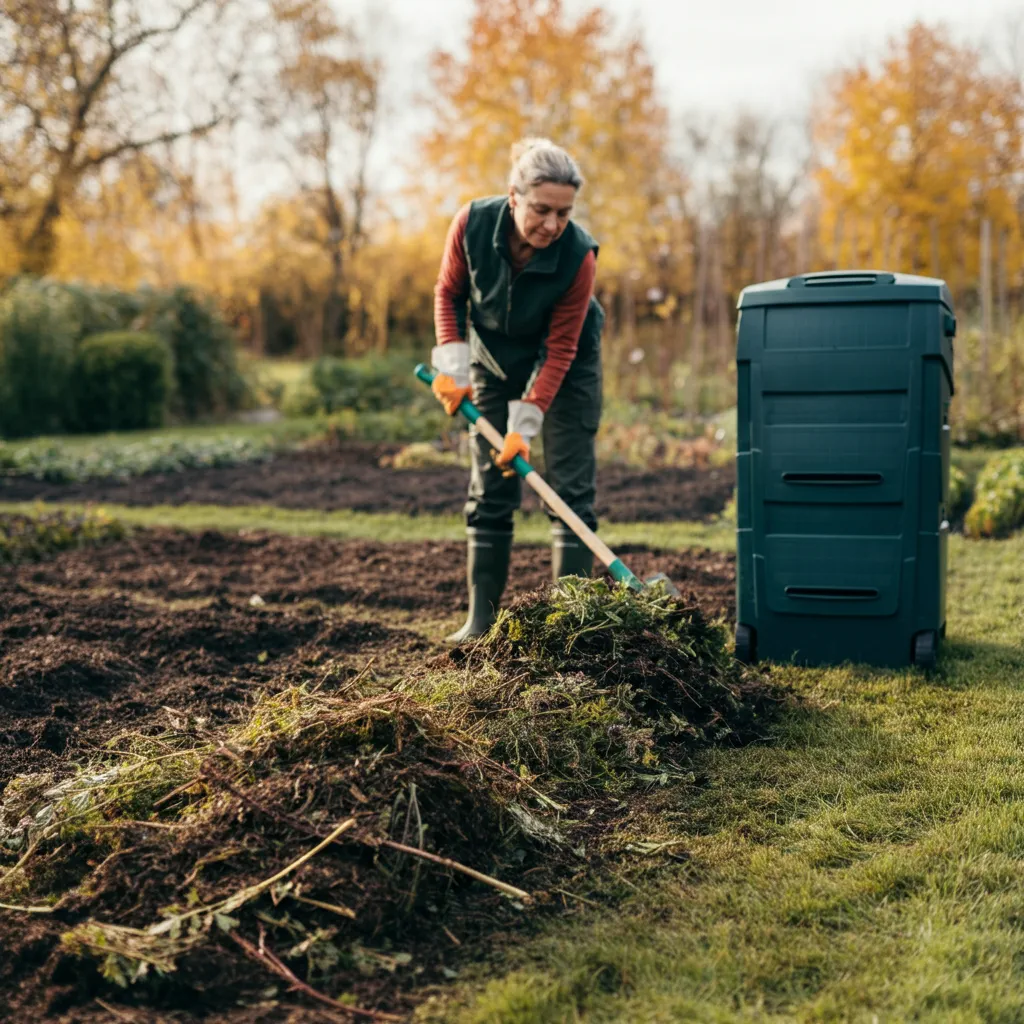
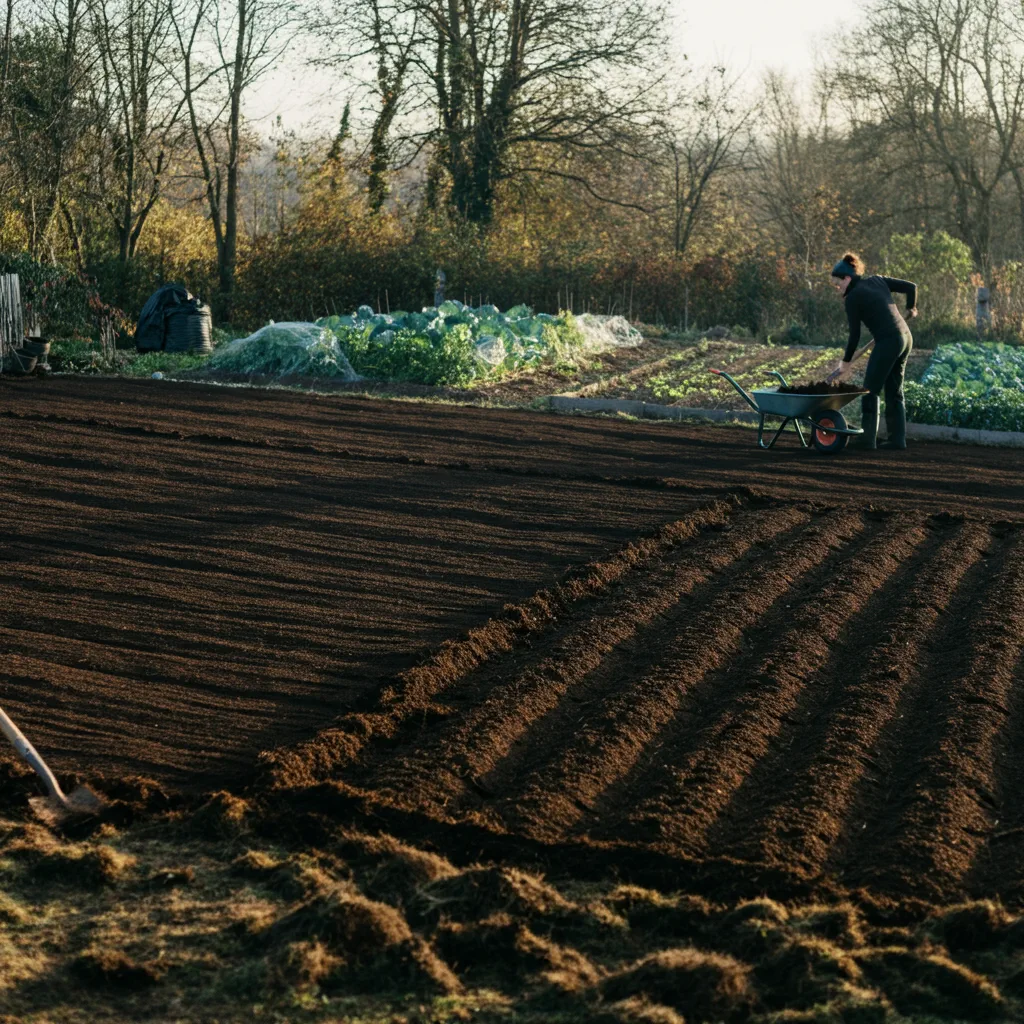
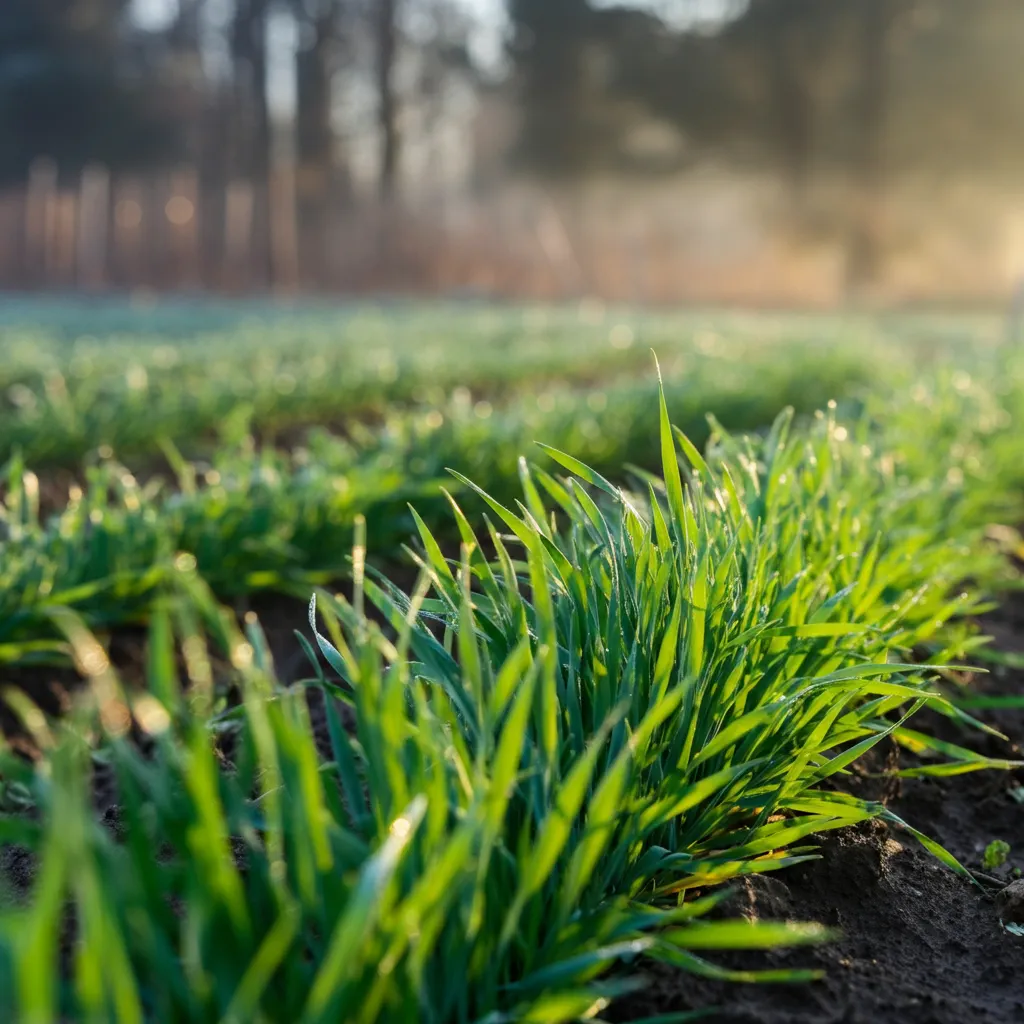











Community Feedback